Other Engine Work
All the preceding sections covering modifications quite naturally took the assumption that an engine would be in good order before modification. Increased power and torque will quickly “find out” a tired engine.
Once again, standard practice applies here.
For best performance, mechanical losses must be reduced to a minimum. One must be realistic of course and I doubt that many would wish for example, to polish their crankshafts down so that bearing clearances were at or above the maximum.
A 1600 crankshaft, clean but awaiting polishing of the journals
Nevertheless, attention should be paid to all running fits. You probably know that the crankcase must be bolted to the block and correctly torqued down before the main bearing caps are tightened to specification. The crankcase is very – even pathetically - weak and in the past, I have had to reject a number of 1600 crankcases owing to distortion: on tightening the main caps I found that the crankshaft would not turn freely. The crankshaft itself should also be checked in a lathe with a dial gauge to ensure that it is true. Usually with Fulvia engines the crankshaft nearly always seems to have a little “stiction” when one attempts to turn it by hand. One engine I built for a Fanalone had a lovely free-turning crankshaft and the engine spins up very well. The engine must have had a one of those rare “good” crankcases.
Never forget that these engines are old! The connecting rods are frequently oval at the big end. To check this aspect, torque up the big end cap (without the bearing shells of course) and check for roundness with a bore gauge. If the aperture is “out of round” significantly (say more than 0.0015” – 0.038mm or even less) then you do have a problem. The problem is that nothing can be done about it realistically owing to the serrated finish on the cap faces although it is worth trying different torque settings within the specified tolerances – or even slightly beyond - as this can sometimes result in an improvement. With flat faces of course as found on many other engines, the faces can be machined and the rod bored round again. If the ovality is not addressed, then bearing trouble will be the inevitable result I am afraid.
If you do manage to find a good set of rods, then have them balanced end for end and have the pistons balanced too. The factory specified a 4-gramme tolerance for pistons; this is not quite good enough – 1 gramme is good and less, better! Consider that a piston and rod which at rest weighs say 700 grammes, probably weighs about two tons at 6000 rpm at the top of its stroke (I read this in a book somewhere). That means it weighs 2857 times more that it does statically. Of course errors are partially compensated for by the adjacent piston which is at the bottom of its stroke, but study of reciprocating engines will show that all is not equal and opposite so it’s best to balance thoroughly.
Given the age of the parts, it is quite a good idea to have the rods shot-peened although I have never heard of a Fulvia rod breaking, nor have I ever met anyone who has! I suppose that I should add that the works did produce a special rod for the 1600 so I imagine that they had rod trouble at the very high revs that were used on the low-geared rally-cars. The part number was 2276699 – good luck! The bolts should be removed and peened also. For 1300s, 1300HF bolts are superior (they are of a similar design to the 1600 ones) and can be obtained from Cavalitto.
Bearing clearances should be checked on assembly: “Plastigage” is an excellent product for this job and easy to use. If the clearances are on the tight side, then have the crankshaft polished as necessary.
One small improvement worth doing and standard practice in “blueprinting” is to improve the oilways. Looking at the oilways behind the main bearings, you will see that the outlets have sharp edges – i.e. as drilled. These should be radiused; this will improve flow and slightly reduce the work that the oil pump has to do.
Next time - more mechanical stuff


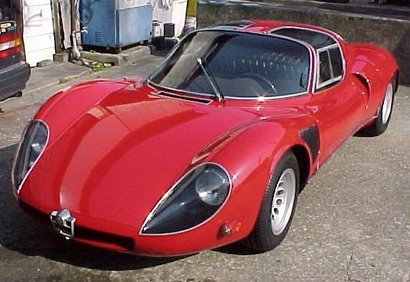
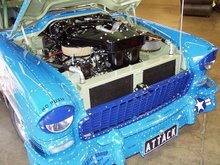
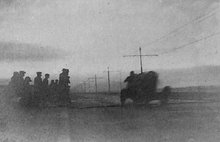

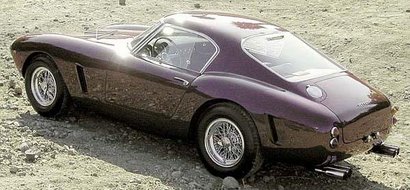
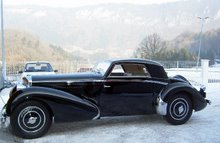
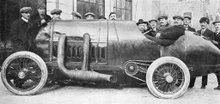


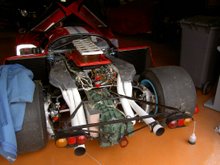

2 comments:
Can you explane something in an article about Sump design and modifying it in order to prevent oil starvation to the pump during hard cornering. Windage trays are commonly used in modern cars but at the time the Fulvia was designed it was unheard of. I thought but am not sure the fanalone had a deeper sump to carry more oil and to improve somewhat the oil delivery. SIIIs had a small cone but it still looks like a poor remedy.
Yes William, the Fanalone had a large sump; these can be found but at a high price. I believe that the SIII solution was quite good and I never had problems on track days - even at "Quarry" at Castle Combe! I have not come across modifications for a Fulvia sump, but when I have time I will have a think about it. Thanks for your contributions
Post a Comment